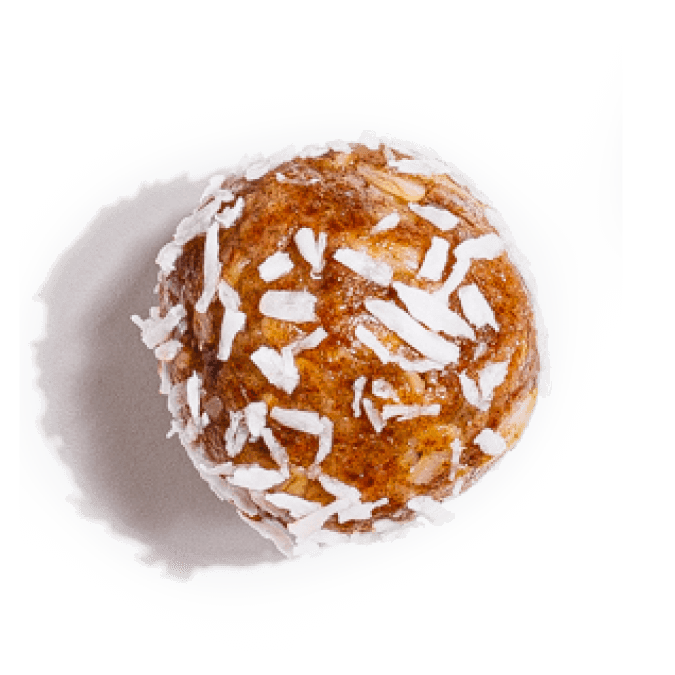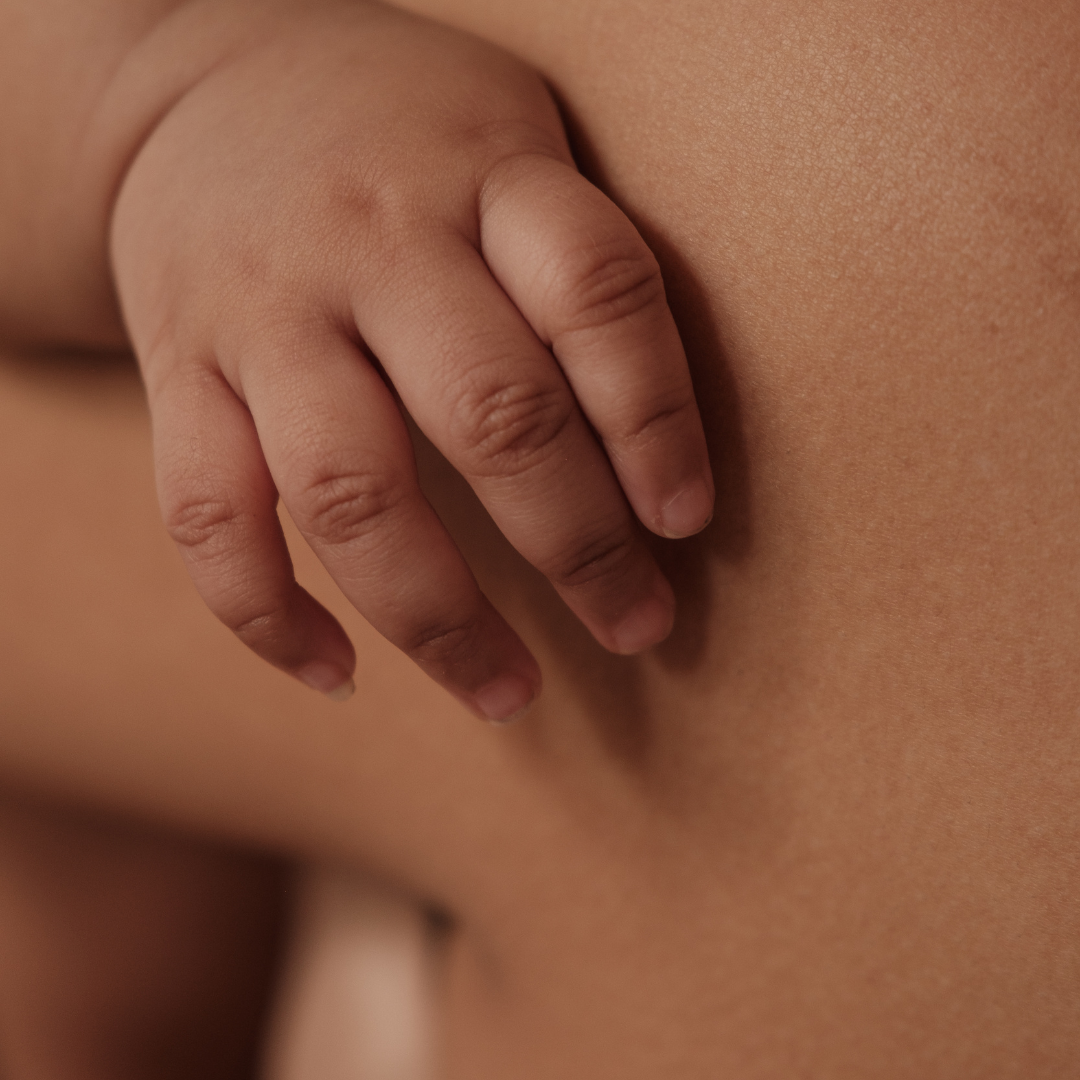By: Louise Gottsche
When becoming a new mom, one of the most personal choices you'll make is how to feed your baby. Whether you decide to breastfeed, formula feed, or find a balance between the two, it's important to remember that every family’s journey is unique. We believe your postpartum journey should be celebrated no matter what path it takes. In honor of Breastfeeding Awareness Month and for all of the breastfeeding mothers, we're sharing 6 surprising benefits of breastfeeding for mom and baby.
1. Breastfeeding helps mom lose baby fat.
While pregnant, most mamas will store an extra 5 to 10lbs in tissue, mainly as fat, to help their bodies prepare for breastfeeding. During breastfeeding, body stores will be used to maintain lactation. This is why it is not unusual for mamas to lose weight after the first month postpartum (1).
2. Breastfed babies are less likely to die of SIDS.
While we don't know what causes SIDS, we do know breastfeeding lowers the risk factor. According to the American Academy of Pediatrics (AAP), studies show that breastfeeding reduced the risk of sudden infant death syndrome by 50% at all ages throughout infancy (2).
3. The risk of certain cancers decreases with breastfeeding.
Studies show that breastfeeding can lower the risk of developing breast and ovarian cancer for mothers, according the CDC (3).
4. Breastfeeding lowers the risk of obesity.
Breastfeeding impacts children’s short- and long-term health as it protects against acute infections and programs for a lower risk for chronic disease, including obesity (4).
5. Leads to less picky eaters later in life.
The flavor of breastmilk changes according to the foods that the mother eats. Breastfed infants from mothers who consume a variety of flavors tend to be less picky and more willing to try new foods and may even affect their preference for certain flavors when they are an adult (5).
6. Breastfeeding helps to shrink the uterus back to pre-pregnancy size.
The release of the hormone oxytocin during breastfeeding encourages uterine contractions that shrink the uterus (6).
References:
- Kominiarek, M. A., & Rajan, P. (2016). Nutrition Recommendations in Pregnancy and Lactation. The Medical clinics of North America, 100(6), 1199–1215. https://doi.org/10.1016/j.mcna.2016.06.004
- M.M. VennemannT. BajanowskiB. BrinkmannG. JorchK. YücesanC. SauerlandE.A. Mitchelland the GeSID Study Group; Does Breastfeeding Reduce the Risk of Sudden Infant Death Syndrome?. Pediatrics March 2009; 123 (3): e406–e410. 10.1542/peds.2008-2145
- Stordal B. (2023). Breastfeeding reduces the risk of breast cancer: A call for action in high-income countries with low rates of breastfeeding. Cancer medicine, 12(4), 4616–4625. https://doi.org/10.1002/cam4.5288
- Geddes, D. T., Gridneva, Z., Perrella, S. L., Mitoulas, L. R., Kent, J. C., Stinson, L. F., Lai, C. T., Sakalidis, V., Twigger, A. J., & Hartmann, P. E. (2021). 25 Years of Research in Human Lactation: From Discovery to Translation. Nutrients, 13(9), 3071. https://doi.org/10.3390/nu13093071
- De Cosmi, V., Scaglioni, S., & Agostoni, C. (2017). Early Taste Experiences and Later Food Choices. Nutrients, 9(2), 107. https://doi.org/10.3390/nu9020107
- Del Ciampo, L. A., & Del Ciampo, I. R. L. (2018). Breastfeeding and the Benefits of Lactation for Women's Health. Aleitamento materno e seus benefícios para a saúde da mulher. Revista brasileira de ginecologia e obstetricia : revista da Federacao Brasileira das Sociedades de Ginecologia e Obstetricia, 40(6), 354–359. https://doi.org/10.1055/s-0038-1657766









